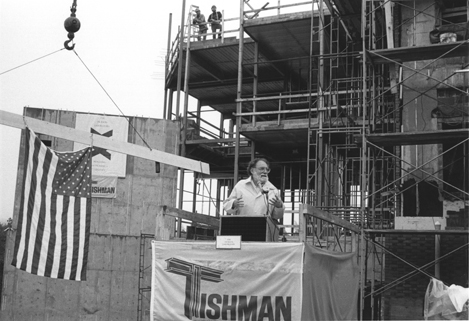
Faculty Research 1990 - 1999
Epidermal growth factor receptor activity mediates renal cyst formation in polycystic kidney disease.
Document Type
Article
Publication Date
1998
Keywords
Blotting-Western, Gene-Expression, Kidney, Mice, Mice-Mutant-Strains, Polycystic-Kidney-Diseases, Protein-Tyrosine-Kinase, Receptor-Epidermal-Growth-Factor, SUPPORT-U-S-GOVT-P-H-S
First Page
935
Last Page
939
JAX Source
J Clin Invest 1998 Mar; 101(5):935-9.
Grant
RO1DK5106801/DK/NIDDK
Abstract
A consistent phenotype observed in both human patients and several different mouse models of autosomal recessive polycystic kidney disease (ARPKD) is an increased activity of the epidermal growth factor receptor (EGFR) in the affected kidneys. To determine whether this increased activity of the EGFR is a functional event that is directly part of the disease pathway of renal cyst formation, we used a genetic approach to introduce a mutant EGFR with decreased tyrosine kinase activity into a murine model of ARPKD. We found that the modified form of the EGFR could block the increase in EGFR-specific tyrosine kinase activity that normally accompanies the development of renal cysts, and this correlated with an improvement in kidney function and a substantial decrease in cyst formation in the collecting ducts. These results suggest that changes in the expression of the EGFR contribute to the formation of cysts in the collecting ducts, and that drugs that target the tyrosine kinase activity of the EGFR may potentially be therapeutic in ARPKD.
Recommended Citation
Richards WG,
Sweeney WE,
Yoder BK,
Wilkinson JE,
Woychik RP,
Avner ED.
Epidermal growth factor receptor activity mediates renal cyst formation in polycystic kidney disease. J Clin Invest 1998 Mar; 101(5):935-9.

